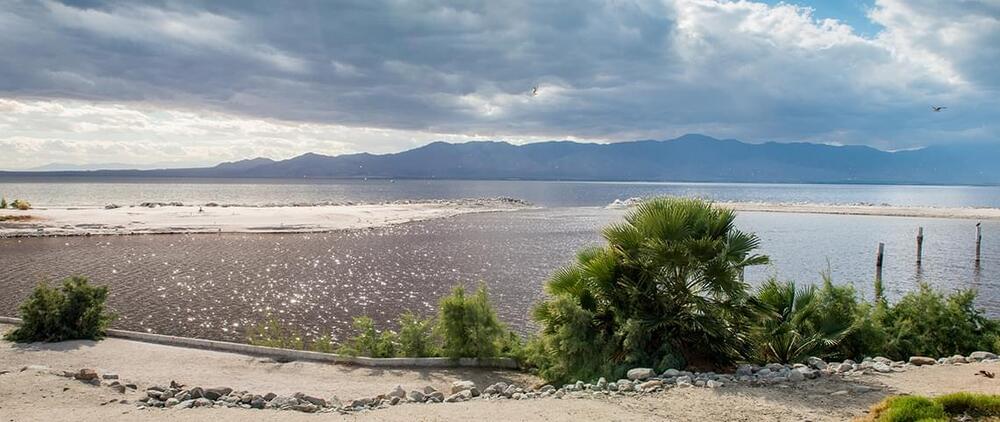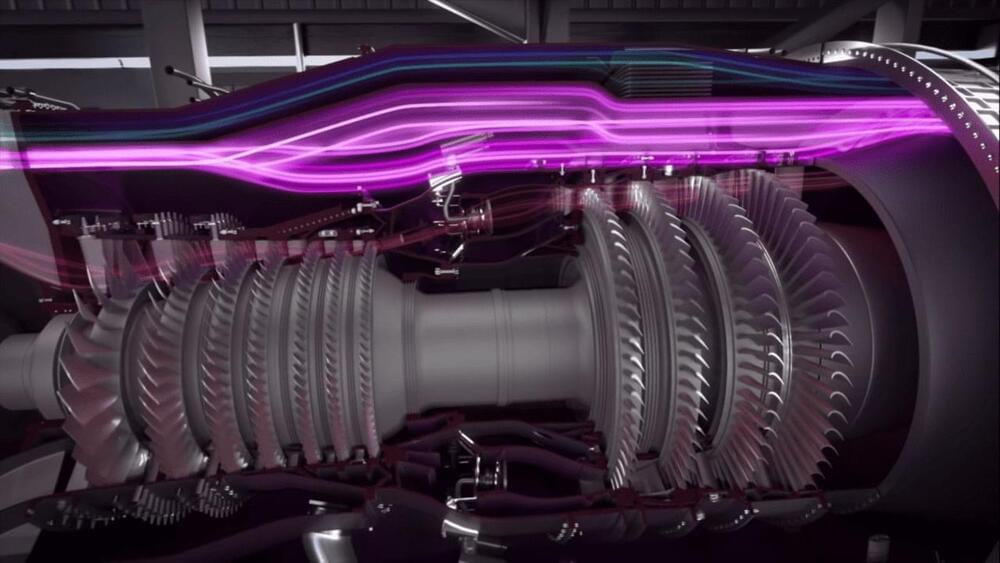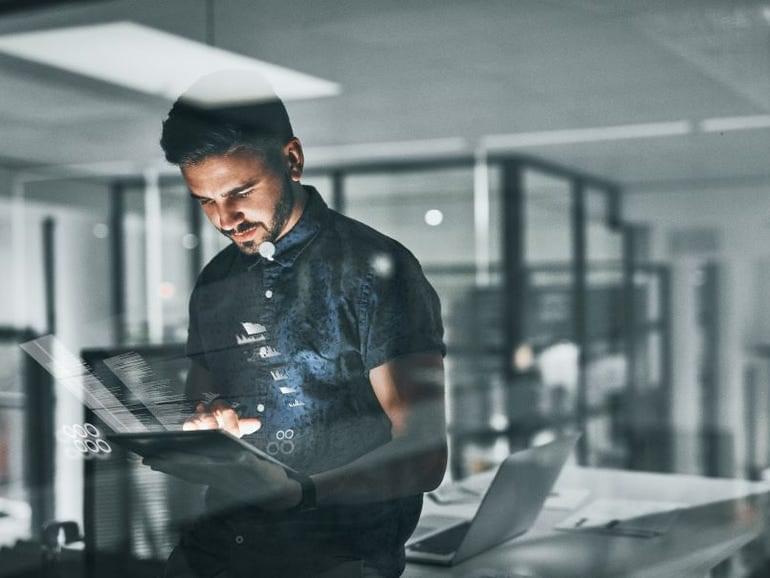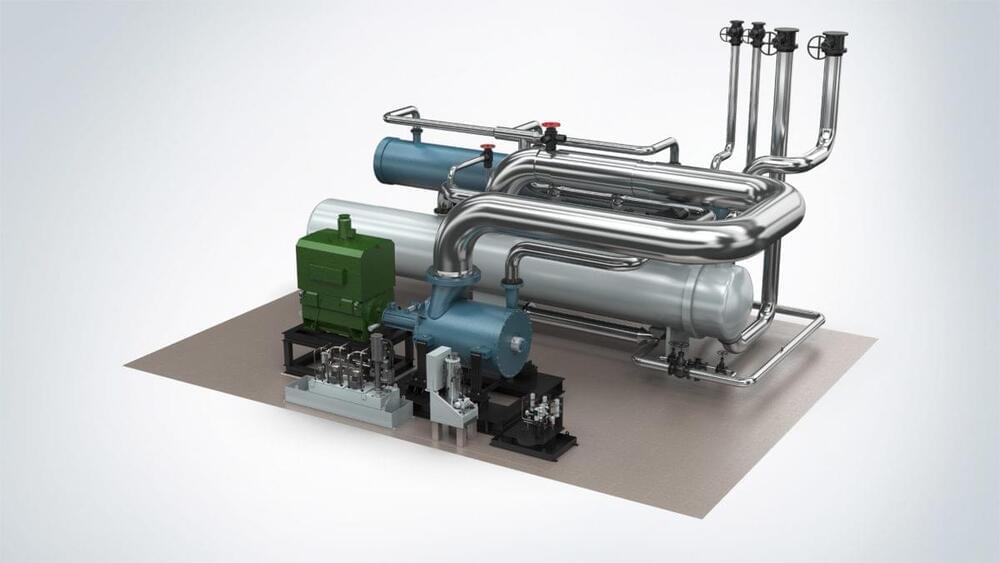Captured CO2 products include non-petroleum fuels, vodka, perfume, foam, insulation, mattresses, and carbon fibre for buildings and cars.
Category: energy – Page 183
With the web of undersea cables lacing the continents together now, it’s hard to imagine that it wasn’t until 1956 that the first transatlantic telephone cable was laid. Sure, there were telegraph cables under the Atlantic starting as early as the late 1800s, but getting your voice across the ocean on copper was a long time coming. So what was the discerning 1930s gentleman of business to do when only a voice call would do? He’d have used a radiotelephone, probably at an outrageous expense, which as this video on the receiving end of the New York to London radio connection shows, was probably entirely justified.
The video details the shortwave radiotelephone system that linked New York and London in the 1930s. It starts with a brief but thorough explanation of ionospheric refraction, and how that atmospheric phenomenon makes it possible to communicate over vast distances. It also offers a great explanation on the problems inherent with radio connections, like multipath interference and the dependency on the solar cycle for usable skip. To overcome these issues, the Cooling Radio Station was built, and its construction is the main thrust of the video.
Built on Cooling Marshes along the Thames well outside of London, the receive-only radio station was a gigantic undertaking. It consisted of a two-mile-long rhombic array antenna, pointed directly at the transmitting site in Lawrenceville, New Jersey. The pool-table-flat marshland made for a perfect place for the array; the fact that the ground was saturated with brackish tidal water had the added benefit of excellent electrical conduction, too. The amount of work it took to raise the antenna masts and booms is impressive — very little power equipment was used. And we loved the details about the hardline coaxial used to stitch the antennas together — it was made on-site from copper tube and insulating spacers.
Salton Sea Unit
Posted in energy, engineering, health, sustainability
The U.S. still imports lithium from other countries like Argentina, Chile, Russia, and China. Geothermal energy has long been the forgotten member of the clean energy family, overshadowed by relatively cheaper solar and wind power, despite its proven potential. But this may soon change – for an unexpected reason.
DWR’s Salton Sea Unit supports the California Natural Resources Agency’s Salton Sea Management Program (SSMP), created by then-Gov. Jerry Brown’s Salton Sea Task Force to address the urgent public and ecological health issues resulting from the drying and shrinking of the Salton Sea. The issues include air quality impacts from dust emissions and loss of important wildlife habitat.
While the SSMP is a long-range program, its immediate focus is on the development and implementation of the Phase I: 10-Year Plan. We support the SSMP and the Phase I Plan by providing planning, engineering, and environmental expertise for design and implementation of dust-suppression and habitat projects. The Phase I Plan includes projects that will be completed as early as the end of 2022. Proposition 1 provided $80 million in funding for SSMP implementation.
JWST recently snapped this infrared test image of a star, which also shows fainter background stars and galaxies — a testament to the telescope’s power.
In early February, NASA engineers began to remotely align the 18 hexagonal segments of the James Webb Space Telescope’s primary mirror, which had been folded away for launch. The goal of this meticulous, three-month-long process is to perfectly position the mirror segments relative to each other, creating a single, smooth, 6.5-meter-wide surface that can gather and focus light from the distant cosmos.
You may recall earlier snapshots that marked previous milestones. For example, the second of seven milestones was punctuated with a shot taken before the mirrors were fully aligned; it featured multiple images of a single star. Now, NASA has announced the fifth major alignment milestone is complete. Called fine phasing, this step helped to identify and correct small differences between individual mirror segments to bring the infrared universe into sharp, clear focus.
The U.S. Air Force and General Electric (GE) have begun the Phase 2 testing of GE’s second XA100 adaptive cycle engine at the Air Force’s Arnold Engineering Development Complex (AEDC) in Tennessee.
The Phase 1 testing of this XA100 engine was completed in November 2021 in Evendale, Ohio. Developed by GE Edison Works advanced program unit, the XA100 is a three-stream adaptive cycle engine demonstrator that can direct air to the bypass third stream for increased fuel efficiency and cooling or to the core and fan streams for additional thrust and performance.
GE’s XA100 engine is uniquely designed to fit both the F-35A and F-35C without any structural modifications to either airframe, enabling better aircraft range, acceleration, and cooling power to accommodate next-generation mission systems, while also ensuring durability and enhanced readiness.
Even before Russia invaded Ukraine, the fuel that runs the global economy was in short supply.
Now some analysts say there could be spot shortages of diesel fuel and prices may stay elevated, even if oil and gasoline decline.
Those higher diesel fuel prices are also stoking inflation.
Vattenfall and Siemens Energy are building an 8MW heat pump for district heating applications in Berlin. The facility will be powered by wind and solar via the electrical grid and will provide heating and cooling to the local district heating network.
Source’s hydropanels are installed in 52 countries in 450 separate projects. The company has raised $150 million from investors including Bill Gates’ Breakthrough Energy Ventures, BlackRock, Duke Energy and the Lightsmith Group.
This type of technology is desperately needed in places like India, where an estimated 800,000 villages don’t have clean drinking water. Friesen cited World Health Organization, showing that by 2025 “half the world’s population will be in water stressed areas.”
There’s a domestic need as well. In the U.S, there are 1.5 million miles of lead pipes still in the ground, and about 750 water main breaks a day, according to Friesen. The business opportunity, he said, is enormous.
Physicists has successfully developed a circuit capable of capturing graphene’s thermal motion and converting it into an electrical current.









